Great music deserves a good pair of earphones or headphones to do it justice. There are dozens of brands, models and headphone types that are waiting to spoil your sound experience. In this article we take a look at some basic types of earphones and headphones in an overview that highlights their advantages and disadvantages.
Earbuds
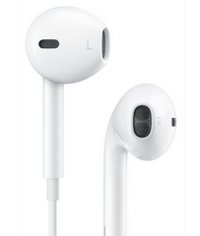 These are probably the most commonly seen headphones of the last decade. They are cheap, portable and very easy to replace. Most cellphones, music players, and other electronic instruments that require headphones come with one of these. The problem with earbuds is that, unlike in-ear earphones, they don’t generally fit well. They have a tendency to slip out because they come in a standard, one-size-fits-all and may not fit well with every body type and shape. They also don’t isolate the sound or cancel external noise. Compared to the other types, they allow the maximum sound to enter and this can interfere with the listening experience or can lead to playing music at an increased volume level which may have harmful side effects in the long run.
These are probably the most commonly seen headphones of the last decade. They are cheap, portable and very easy to replace. Most cellphones, music players, and other electronic instruments that require headphones come with one of these. The problem with earbuds is that, unlike in-ear earphones, they don’t generally fit well. They have a tendency to slip out because they come in a standard, one-size-fits-all and may not fit well with every body type and shape. They also don’t isolate the sound or cancel external noise. Compared to the other types, they allow the maximum sound to enter and this can interfere with the listening experience or can lead to playing music at an increased volume level which may have harmful side effects in the long run.
In-Ear Canal & Canal Buds
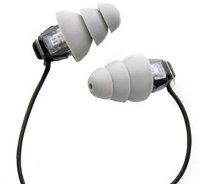 In-ear buds can be classified into two types:
In-ear buds can be classified into two types:
- in-ear-canal earphones
- canal earphones
The in-ear-canal earphones fit perfectly and their tips go deep into the ear in a manner by which they are able to block outside noise to a large extent. They are perfect for listening in noisy environments but they also can be really expensive. Their sound quality comes at a cost and unfortunately they can get a bit uncomfortable if used for too long. The canal earphones, on the other hand, are something between the in-ear-canal earphones and the earbuds. Their tips are smaller so they may be more comfortable but at the same time they don’t block as much external noise as the in-ear-canal earphones. They are compact, not very expensive and fairly good quality.
Headphones: Open-Back Headphones
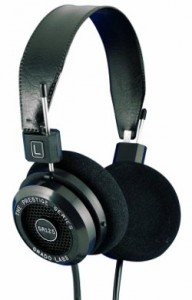 Open-back Headphones, as the name suggests, have an open back which allows for external noise to enter. At the same time, people standing close to you can also hear what is playing on your headphones. There have no isolation of sound, leak badly and cannot be used in studios whatsoever. They are popular with audiophiles because they have pristine quality and higher fidelity as opposed to closed headphones. These headphones make the music sound more natural and rich. They sound like the music is playing around you as opposed to closed-back headphones where you feel like the music is playing in your head. Grado, AKG, Beyerdynamic and Sennheiser are some well known manufacturers of open-back and semi-open back headphones.
Open-back Headphones, as the name suggests, have an open back which allows for external noise to enter. At the same time, people standing close to you can also hear what is playing on your headphones. There have no isolation of sound, leak badly and cannot be used in studios whatsoever. They are popular with audiophiles because they have pristine quality and higher fidelity as opposed to closed headphones. These headphones make the music sound more natural and rich. They sound like the music is playing around you as opposed to closed-back headphones where you feel like the music is playing in your head. Grado, AKG, Beyerdynamic and Sennheiser are some well known manufacturers of open-back and semi-open back headphones.
Closed-Back Headphones
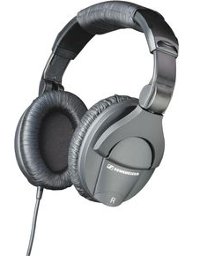 As the name suggests, the closed-back headphones are closed and provide for better sound isolation. These are great for studio work because they keep things quiet and help the musicians monitor their playing. They are also good for home usage or for listening to on the go because they don’t leak sound and people around you won’t get disturbed. They do have a lesser soundstage and aren’t as high quality as the open-back headphones because the soundwaves are trapped and there is no breathing space. Mind you, this doesn’t mean they are bad. As a matter of fact, the closed-back headphones due to this very nature provide better bass. They don’t cause as much fatigue as the open-back headphones and are considered to be more comfortable. Sennheiser, Beyerdynamic and AKG are some well-known manufacturers of closed-back headphones.
As the name suggests, the closed-back headphones are closed and provide for better sound isolation. These are great for studio work because they keep things quiet and help the musicians monitor their playing. They are also good for home usage or for listening to on the go because they don’t leak sound and people around you won’t get disturbed. They do have a lesser soundstage and aren’t as high quality as the open-back headphones because the soundwaves are trapped and there is no breathing space. Mind you, this doesn’t mean they are bad. As a matter of fact, the closed-back headphones due to this very nature provide better bass. They don’t cause as much fatigue as the open-back headphones and are considered to be more comfortable. Sennheiser, Beyerdynamic and AKG are some well-known manufacturers of closed-back headphones.
Noise Cancelling Headphones
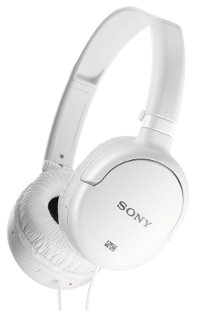 These headphones reduce unwanted noise using ANC (anti-noise control). Noise cancelling doesn’t mean 100% isolation but instead these headphones create frequencies that eliminate ‘almost’ all outside sound. This means crowd chatter, buzzing of air conditioners or noise from machinery can be reduced considerably. Noise-cancelling headphones are available in full-size headphones and even in little ear-bud styled earphones which are often used by artists on-stage. They provide better detailing at the low-end but they need to be supplied power (USB or battery) and will only function as normal headphones in the absence of the power supply. They are prone to high-frequency hiss, especially the cheaper models or models that are poorly constructed. There is some loss of audio quality due to the noise-cancellation mechanism and these tend to cost more than regular headphones. Audio-Technica, Boss and Sennheiser are some well-known manufacturers that make noise cancellation headphones.
These headphones reduce unwanted noise using ANC (anti-noise control). Noise cancelling doesn’t mean 100% isolation but instead these headphones create frequencies that eliminate ‘almost’ all outside sound. This means crowd chatter, buzzing of air conditioners or noise from machinery can be reduced considerably. Noise-cancelling headphones are available in full-size headphones and even in little ear-bud styled earphones which are often used by artists on-stage. They provide better detailing at the low-end but they need to be supplied power (USB or battery) and will only function as normal headphones in the absence of the power supply. They are prone to high-frequency hiss, especially the cheaper models or models that are poorly constructed. There is some loss of audio quality due to the noise-cancellation mechanism and these tend to cost more than regular headphones. Audio-Technica, Boss and Sennheiser are some well-known manufacturers that make noise cancellation headphones.


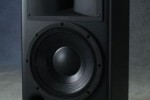

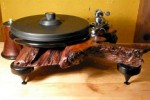

I am a fan of the Audio Technica brand. Have an ATH-M50 and quite happy with. Their noise cancelling headphones are also of good quality
I just recently bought a pair of dr dre headphones and they are awesome!
I use to not appreciate top quality head phones as i always used the standard iphone earphones, however have come to the realisation that noise cancelling headphones are the way to go.
Dr. Dre headphones are no where near top quality. They are s**t quality with a high price.